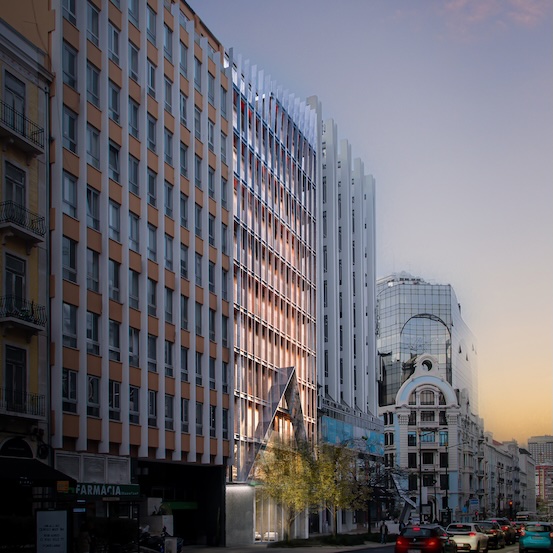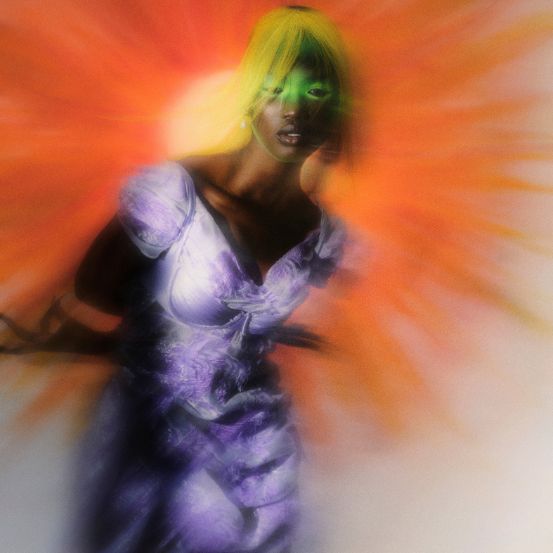The subliminal power of fashion can be read and re-read between the lines of a narrative written on fabric. From political statements to intimate manifestations, the power of a garment is (also) to be a clear shot at a target of possibilities.
London, June 29, 1994. On this night, at the Serpentine Gallery in Kensington Gardens, history was written not just in headlines, but on every inch of a dress that would redefine fashion and its symbolism forever. When the gates opened for the Vanity Fair fundraising dinner, Princess Diana arrived not just to attend a dinner, but to make an unforgettable declaration of independence and power. Days before, the world had been rocked by the latest revelation of her husband Prince Charles' infidelity, and the headlines read: “Charles: I cheated on Diana” and “Di warned you”. In a shocking television interview, the Prince of Wales confessed his betrayal, admitting to an affair with Camilla Parker Bowles after their marriage was “irretrievably broken down”. The scandal gripped the nation and the Princess fought back not with words, but with fashion, wearing an elegant off-the-shoulder black silk evening dress designed by Christina Stambolian. When Diana stepped out of the car, the world held its breath for 30 long seconds: the dress was a masterpiece of elegant defiance - perfectly fitted, evenly draped, with a daring cut and an undeniably confident charm. Lady Di's face wore a smile as graceful as ever and her gaze held the certainty that, with every step taken, she was taking the reins of her own narrative. The revenge dress has been forever immortalized in history and in our imagination and, decades later, it still holds as much power as the day Lady Di wore it for the first and only time. And this power was silent but overwhelming, hidden between lines, stitches and layers of fabric but, above all, in a context that made its meaning glaring, elevating the garment to much more than a little black dress. Fashion has this power to speak an intimate and almost subliminal language, a kind of secret code that, in the right hands, becomes a weapon.
The example of this iconic dress - and this iconic woman - is probably the most significant of modern times, but it's not the first time that someone from the royal family has used fashion to express themselves in a quiet but sharp way. “Never complain, never explain” was Queen Elizabeth II's motto, and although it was followed to perfection, on a few occasions the Queen let fashion speak louder. In March 2022, met Canadian Prime Minister Justin Trudeau at her residence, Windsor Castle. For the occasion, Her Majesty wore a long-sleeved dress in blue, yellow and white - colors that many believed to be a tribute to Ukraine, which had been under Russian attack since February of that year. Behind these two figures was a huge bouquet of blue and yellow flowers, the colors of the Ukrainian nation. Later in May, the Queen headed to Paddington station in London to inaugurate the Elizabeth line. For the occasion, she opted for a vibrant yellow coat and a hat in the same shade with blue flowers. Without words but in a shrewd way, the then supreme figure of the United Kingdom showed her support for a nation that was - and still is - being destroyed while the rest of the world moves on with its days. In much the same way, Cate Blanchett appeared on the red carpet of the 2024 Cannes Film Festival in a dress that generated a wave of interpretations. Her off-the-shoulder black coordinate, designed by Haider Ackermann for Jean Paul Gaultier, looked simple at first glance, but as the actress moved down the red carpet a light pink or white back was visible and a green lining appeared on the inside. When Blanchett lifted the train of the dress, the colors aligned perfectly with the red of the carpet, leading many to believe that her outfit was a subtle reference to the Palestinian flag. This interpretation would not be unfounded, given Blanchett's activism, who has been an active voice on humanitarian issues and even signed - with other industry colleagues - an open letter to President Joe Biden in October 2023 calling for a ceasefire in Gaza and Israel. The veracity of this assumption was never confirmed by Blanchett, her stylist Elizabeth Stewart or Ackermann, leaving the meaning of the dress open to question. Whether it was a deliberate statement or an optical illusion, the piece created an important and necessary conversation around the subject.
Known for creating powerful concepts packed with meaning, Lee Alexander McQueen, for fall/winter 1995, presented a collection that would become as iconic as it was controversial: Highland Rape. It served as a commentary on the tumultuous history between England and Scotland and cast a critical eye on the brutality of the subjugation of the Highlands - the mountainous area of Northern Scotland - and the way in which the English army essentially orchestrated an ethnic cleansing of the region. The collection was a fusion of beauty and chaos, with torn fabrics, unexpected silhouettes and pieces that oscillated between beauty and tragedy, worn on models whose presence denoted aggression and violence. Despite being one of the creative genius's most famous collections, it was poorly received by the press, who accused him of being misogynistic, gratuitous and of having gone too far. However, as can be read in Gods and Kings by Dana Thomas (2015), Andrew Groves, McQueen's boyfriend at the time, interpreted the collection through another prism: it reflected McQueen's personal history, as was not uncommon in his work. Jack the Ripper, the graduation collection at Central St. Martins in 1992, was about his family, Taxi Driver, from fall/winter 1993, about his father, and Highland Rape about himself - which is why, according to Groves, McQueen was clearly upset when the show was poorly received by the press. The designer later gave an interview to Tim Blanks in which he said that “there's always a statement behind everything, but [...] my clothes don't come with a notepad about why this jacket looks the way it does; at the end of the day, it's a jacket. The show has a meaning, but that's something personal to me.”
As these figures show us, fashion is a mirror of the human condition, capable of reflecting a vast and profound spectrum of emotions, which serves as a medium for commenting on the world or our inner world. By transforming personal pieces into universal narratives, they gain the power of authentic weapons that fire mysterious, almost subliminal stories, but which can always be heard. All it takes is a little attention.
Originally translated from The Mystery Issue, published October 2024. Full credits and stories are in the print issue.
Most popular
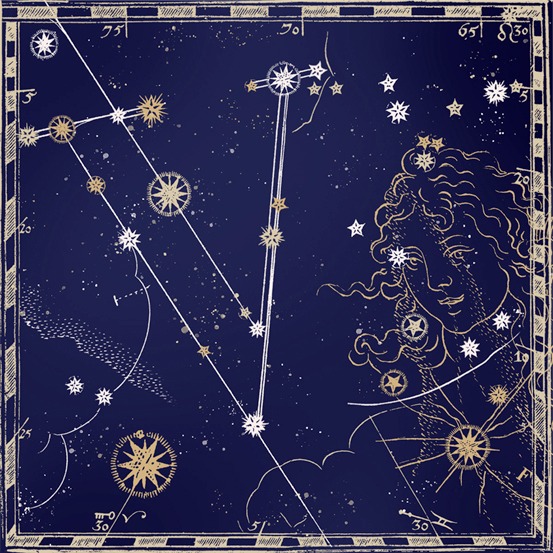
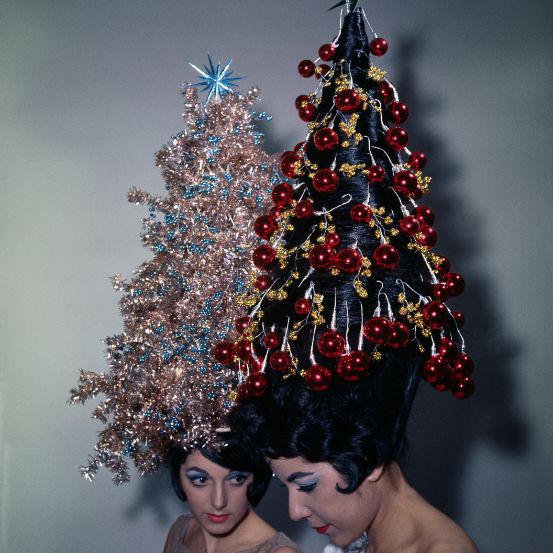


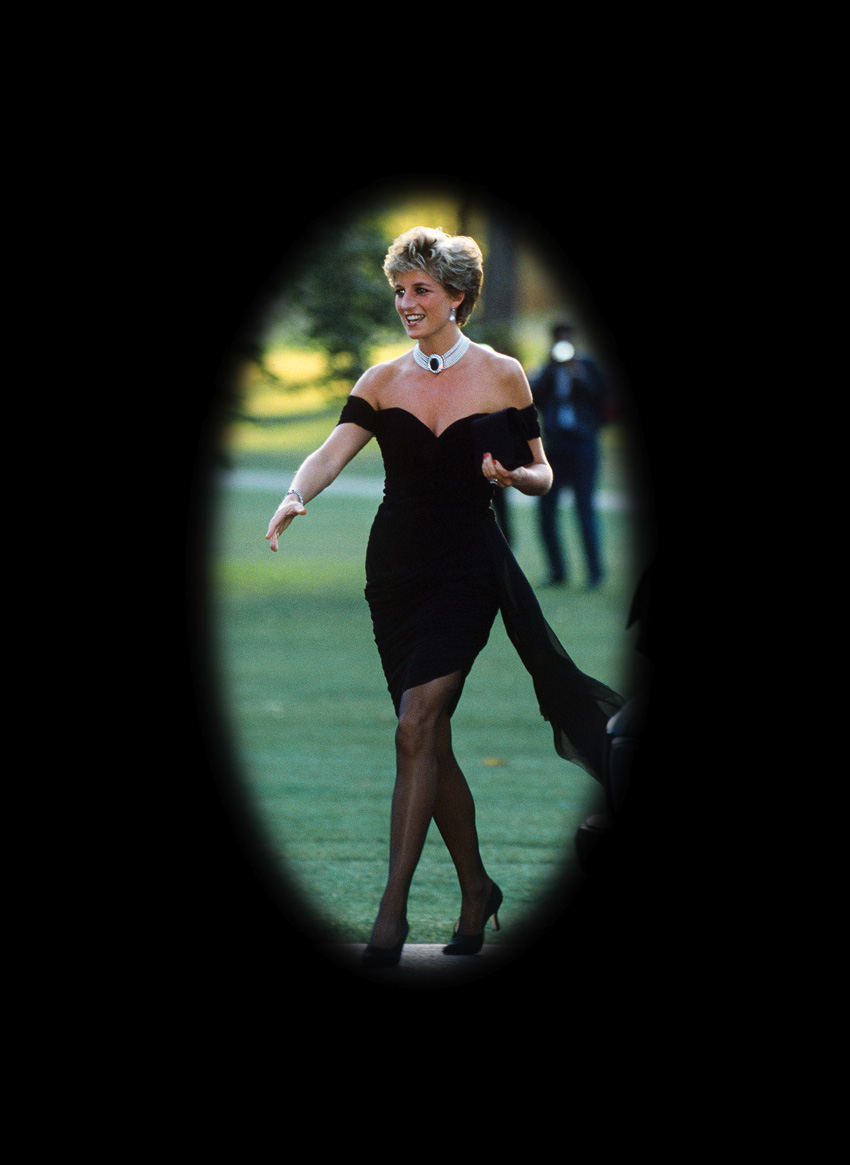
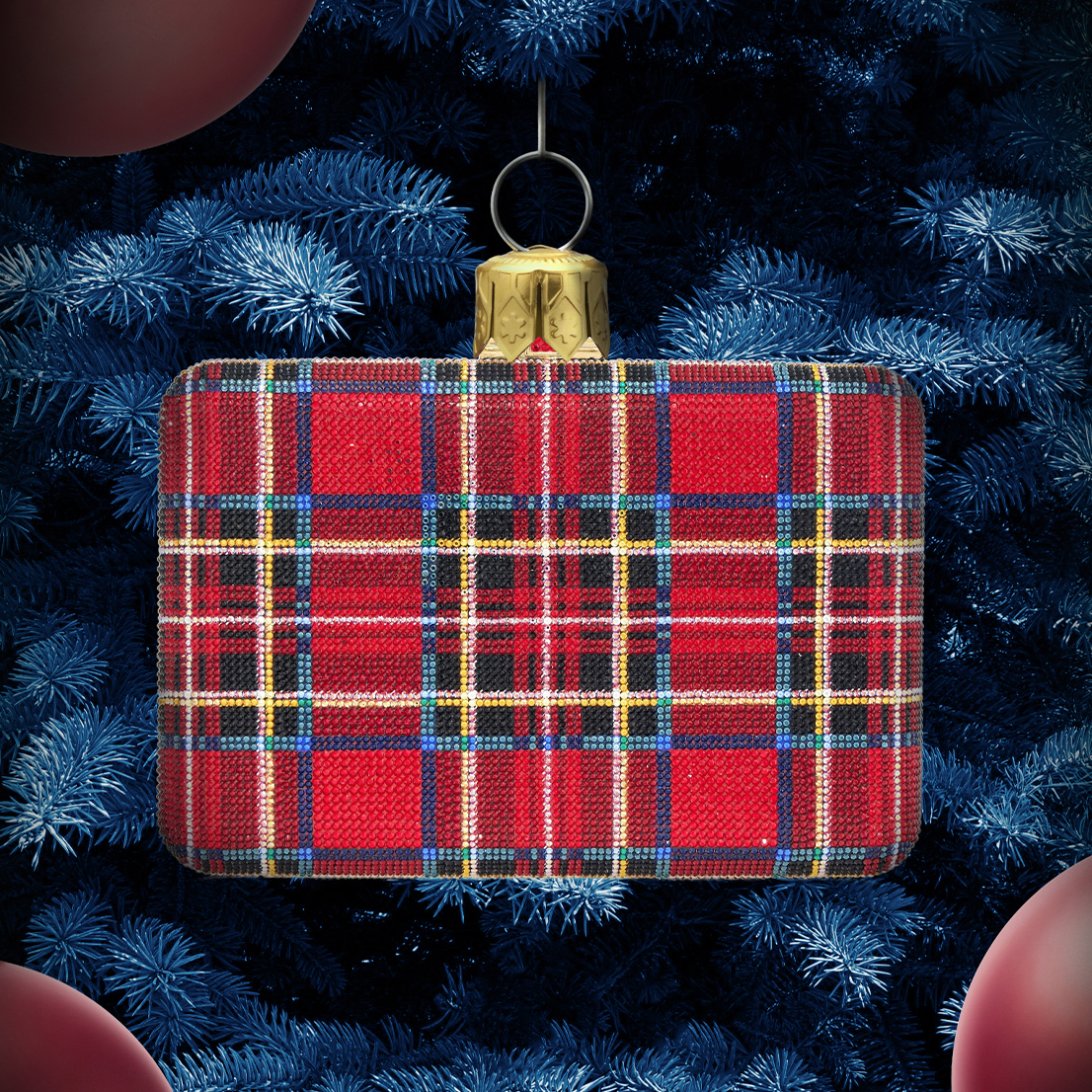

 (15).png)

